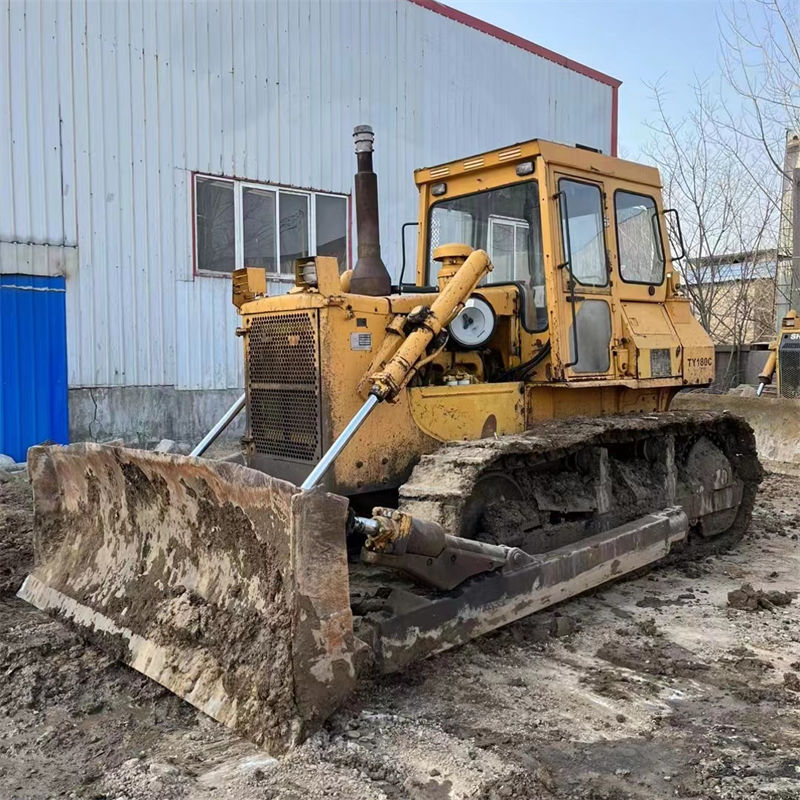Concrete boom pump safety starts with the proper site selection and outrigger procedures.
Concrete pumping improves productivity and safety on the job site by taking the most grueling manual labor out of a concrete pour. Reducing activities like wheeling and raking has prevented an uncountable number of injuries over the years, not to mention increased the quality of the concrete. But concrete pumping isn’t risk free. Electrocutions, hose whippings and tip overs are three of the more common safety issues that can be prevented when proper pump setup procedures are followed. Old Chinese Diggers

Concrete pump safety starts with a safe, uncluttered space for the pump truck on the job site. The ideal space should be level. It must be large enough for a pump with fully extended outriggers and away from excavations, while allowing room for the expected flow of ready mixed trucks. Per manufacturer requirements, a concrete pump must set up within three degrees of level.
If the pump setup site is near an excavation, follow the One-to-One rule: For every one foot of vertical drop, stay back from the base edge at least one foot. Take measurements from the edge of the outrigger pad nearest the excavation. Less-than-ideal soil conditions and engineered support walls are treated differently, so check with the pump operator for guidance. Some manufacturers may have more restrictive setback requirements depending on the size and weight of the unit. Always refer to the manufacturer’s operation manual.
Learn the ACPA's safety hand signals for concrete pump operators and workers onsite. American Concrete Pumping Association
Properly positioned under the outriggers, cribbing spreads the weight of the pump truck’s load. When in doubt, always use more cribbing. Proper outrigger setup will drastically reduce the chance of a tip over on the job site. Tip overs are typically caused by either outriggers not having enough cribbing or surface area to properly support the unit, or in instances where the outriggers are not fully extended. Unknown factors, like underground voids, can also cause a tip over. The pump operator must be informed of back-filled areas or underground utilities in the area where the pump is set up.
Soil type on the job site will factor into outriggers. Different soil types have different load-bearing capacities. For instance, virgin ground typically supports approximately 14 psi while firm, compacted gravel supports 72 psi. A large boom can exert up to 120,000 LBF-FT on the soil. It is recommended to confirm soil conditions prior to setting up the pump.
American Concrete Pumping Association When job site conditions prevent full extension of the outriggers and all other methods have been exhausted, shortrigging may be an option. Shortrigging should only be done on the side of the pump away from the pour. It involves its own set of guidelines and safety requirements. Never try shortrigging unless the operator is educated on the technique and responsible precautions are taken. Some concrete pumps have computer-controlled shortrigging lockout features; never shortrig without engaging this feature. Policies may differ between pump companies. Always refer to the manufacturer’s operation manual.
A boom coming in contact with power lines is the Number One cause of fatal accidents when using a concrete pump. It is the position of the American Concrete Pumping Association (ACPA) that if power lines are within 20 feet of the area to be poured, a spotter must be employed whose only job is to observe the movement of the boom and warn the operator if the boom approaches the danger zone. The distance must be changed to 50 feet if the power lines have more than 350,000 volts. (20 feet is 6 m and 50 feet is 15.25 m in the metric system). It is a good idea to mark the danger zone with cones, lumber, spray paint, caution tape or other identifying markers. As stated in the ASME B30.27 Safety Standard for Material Placement Systems, it is the contractor’s responsibility to provide the spotter.
Whenever power lines are present, it is the contractor’s responsibility to inform the pump provider. It is imperative that a pre-pour meeting be held whenever power lines are present on a job site. Everyone on the job site should be trained in power line and electricity safety, where the danger zone is, and the purpose of the danger zone.
Provided by the American Concrete Pumping Association. This article was originally published in February 2013 and updated in February 2023.
Contractors should be aware of their responsibilities as stated in the ASME B30.27 Safety Standard for Material Placement Systems.
Job site safety begins with properly trained personnel. ACPA Certified Operators have successfully completed a comprehensive safety training program which helps to ensure the safety of those working with or around a concrete pump on the job. More information regarding the ACPA operator certification program can be found at www.concretepumpers.com. The website also offers free safety materials while the ACPA Online Store sells a variety of safety videos, posters, decals and more.

Liugong Used Road Loaders One accident is too many. For more information regarding the ACPA’s safety campaign to bring heightened awareness of the AMSE B30.27 Safety Standard for Material Placement Systems visit www.wearesafertogether.org.